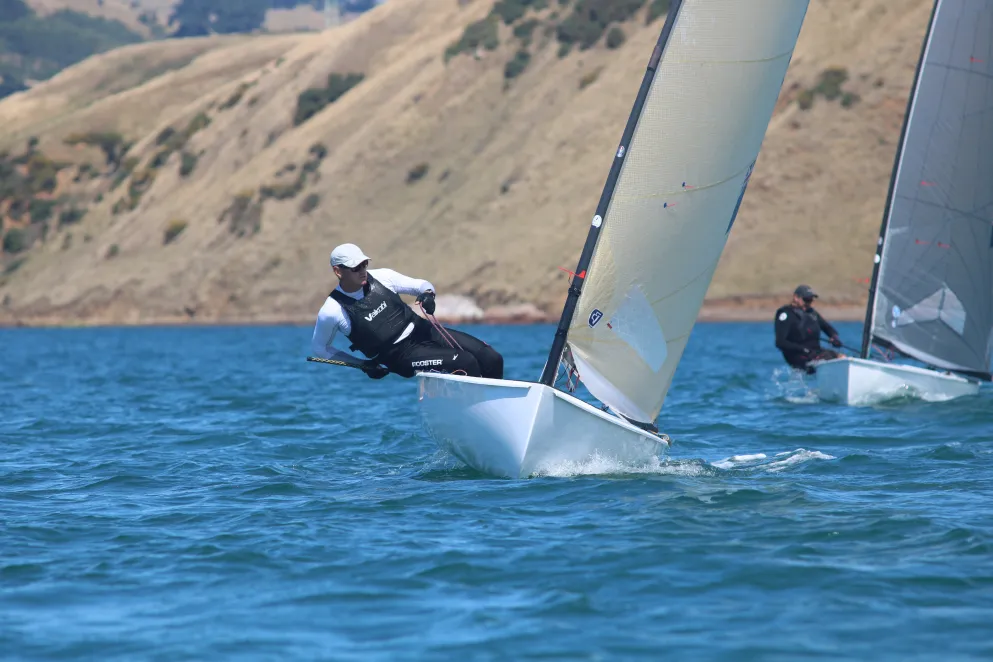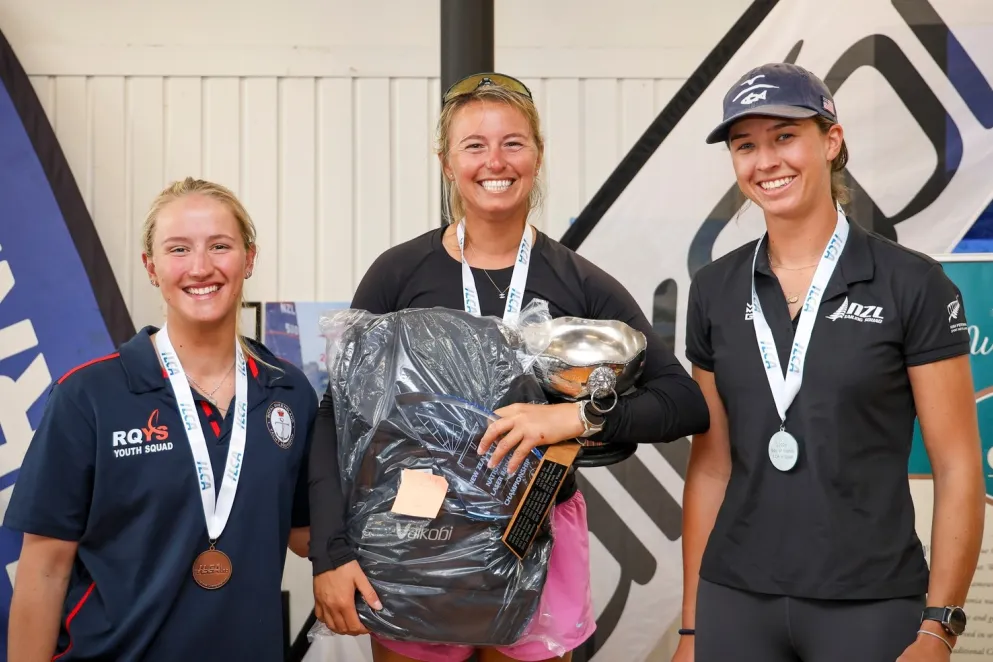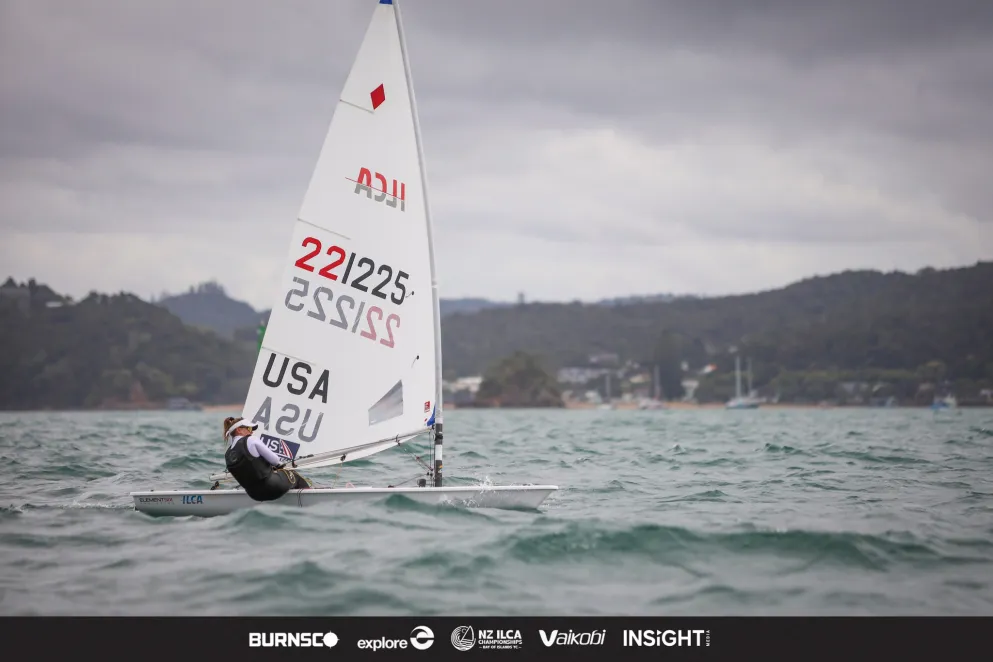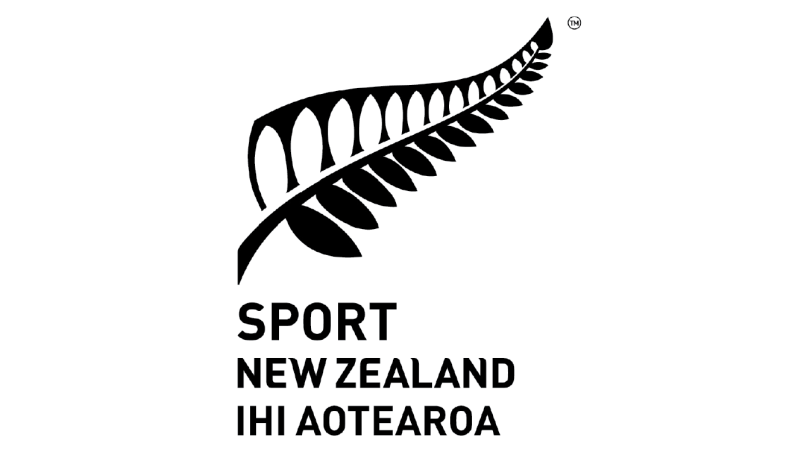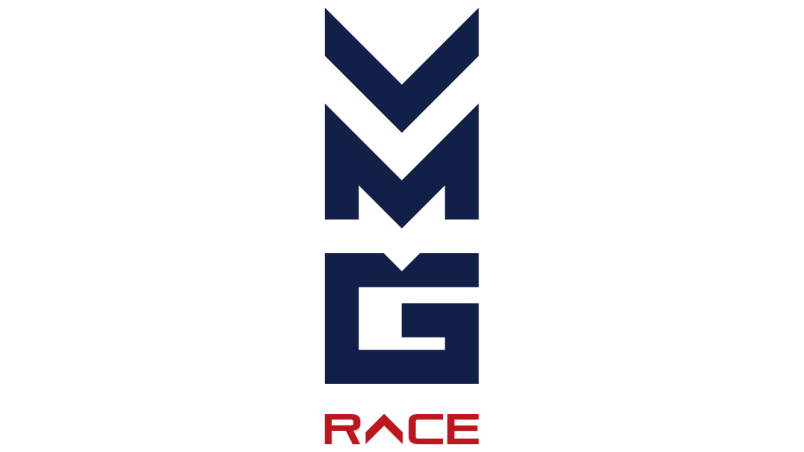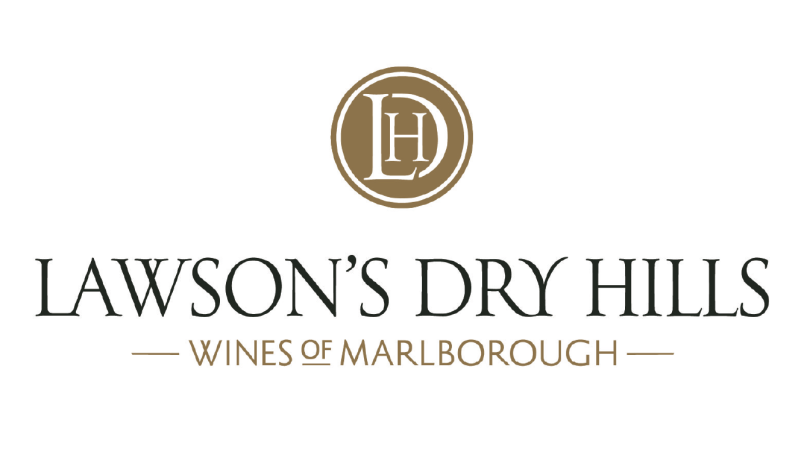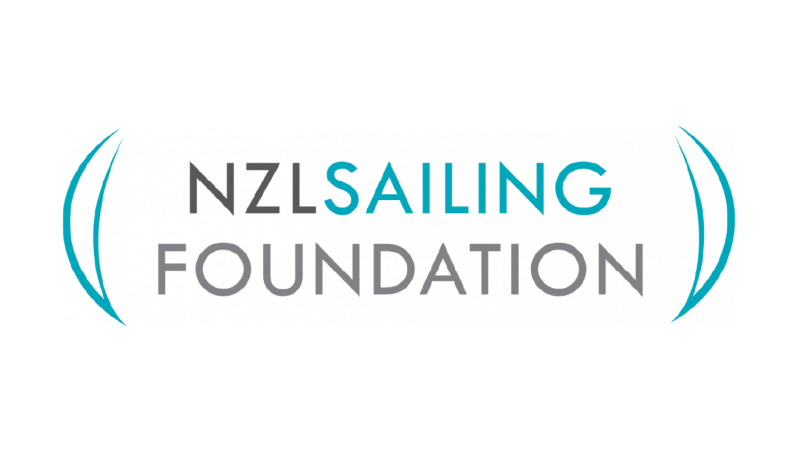Bill Hursthouse’s 100 Year Birthday
On Sunday the 6th of July, Royal Akarana Yacht Club hosted an intimate get together of old friends from the sailing circle to celebrate the birthday of Bill Hursthouse. Bill turned 100 on the 10th of July. Rob Heath gave an excellent speech about Bill’s background in sailing and reminded everyone he started sailing at York Bay Wellington and finished with an appearance at the Worlds sailed from Royal Akarana Yacht Club in 2005, about 87 years later.
Bill was awarded with a personal letter from Prince Phillip, the Duke of Edinburgh who mentioned he was unsure whether to commiserate or congratulate Bill on his milestone birthday but also mentioned the longevity of the Flying 15 design as being of excellent quality to have lasted so long.
The Flying Fifteen Class wishes Bill many happy returns.
BILL HURSTHOUSE, BORN 10 JULY 1914
Born into a farming family in the Manukau just before the start of the First World War, Bill never knew his father who had joined the army as soon as war broke out but died while waiting to go overseas. His mother had to sell the farm and obviously found the strain of caring for bill and his two sisters too much and they were adopted by an aunt who lived in Wellington. With a cottage in York Bay on the eastern side of the harbour, Bill soon took to sailing. In small open dinghies well taught and escorted he was soon exploring the harbour from Pencarrow Head to Soames, Leper and Ward Islands.
When he was nine Bill and his sisters went with their mother to spend two years in Paris where she was taking a language course. The three children went to the local Lycee while their mother went to the Sorbonne. On returning to New Zealand Bill went to board at Nelson College and continued his sailing in Frostbite dinghies during the holidays.
On leaving Nelson College Bill spent a year at Victoria University and then three years at Canterbury, graduating with a degree in Electrical Engineering. Like modern graduates Bill did his big OE. There were, of course, no cheap flights to the UK so Bill worked his passage on a steam freighter of the Port Line. The owners of the line kept their freighters looking like private yachts so Bill spent his time in the engine room keeping every possible piece of metal clean and shiny, including a lot of copper pipes.
On arrival in England he joined Imperial Airways working on the rebuilding and testing of aero engines. This progressed to working for the Bristol Aero Company in much the same position. However with the outbreak of the Second World War he was seconded to do the same work for the Fleet Air Arm of the RAF and after a short time in England he was posted overseas, first to Nigeria and then to Kenya before ending the war in Cawnpore. At the end of the war, being still technically a civilian, he had a bit of difficulty getting back to New Zealand and had to spin a yarn before scrounging a spare hammock in a slow boat home.
Once back in Wellington he joined Humes Pipes as an engineer and started sailing again in Frostbite dinghies. However by 1961 there was a Flying Fifteen mould build in Wellington and Bill built the second boat off the mould. Coming off the mould without a deck the hull was very floppy and soft but a month or so in the garage and it was ready for the water. The first FFs in Wellington were sailed with trapezes which, according to Bill, made them into great boats for Wellington’s more robust conditions.
By 1963 Bill had moved up to Auckland, still working for Humes, and was Fleet Captain for the Flying Fifteens which were at the time racing out of the Tamaki Yacht Club but they had to launch in Okahu Bay. Bill negotiated with the Royal Akarana Yacht Club that the Fleet should join the RAYC with all sailors becoming members of the club. This gave the fleet a permanent home with a place to store boats and thus being able to leave them rigged.
In 1967 Bill and his crew, Harry Bent, met Uffa Fox at the beginning of Cowes Week. Uffa at that time lived in a large three storey house that jutted out into the Medina River and was complete with a derrick to lift Flying Fifteens onto the deck. The house had a dining room that would sit twenty people, and also a Steinway grand piano. Harry replied that he could. Uffa who was a good musician himself asked Harry to play. The playing so impressed Uffa that he offered the pair of them the chance to sail Coweslip, the Duke of Edinburgh’s Flying Fifteen, in a race in the regatta. They did so and came third, wining 30 shillings (which is yet to be paid across to the owner). Their efforts in this race so impressed the Duke of Edinburgh that he agreed that The Duke of Edinburgh Cup should be transferred from The International 14 Class to the Auckland Flying Fifteen Fleet.
Bill Hursthouse started his sailing in York Bay Wellington and ended it in Okahu Bay in Auckland sailing in the Flying Fifteen World Championships eighty seven years later.
